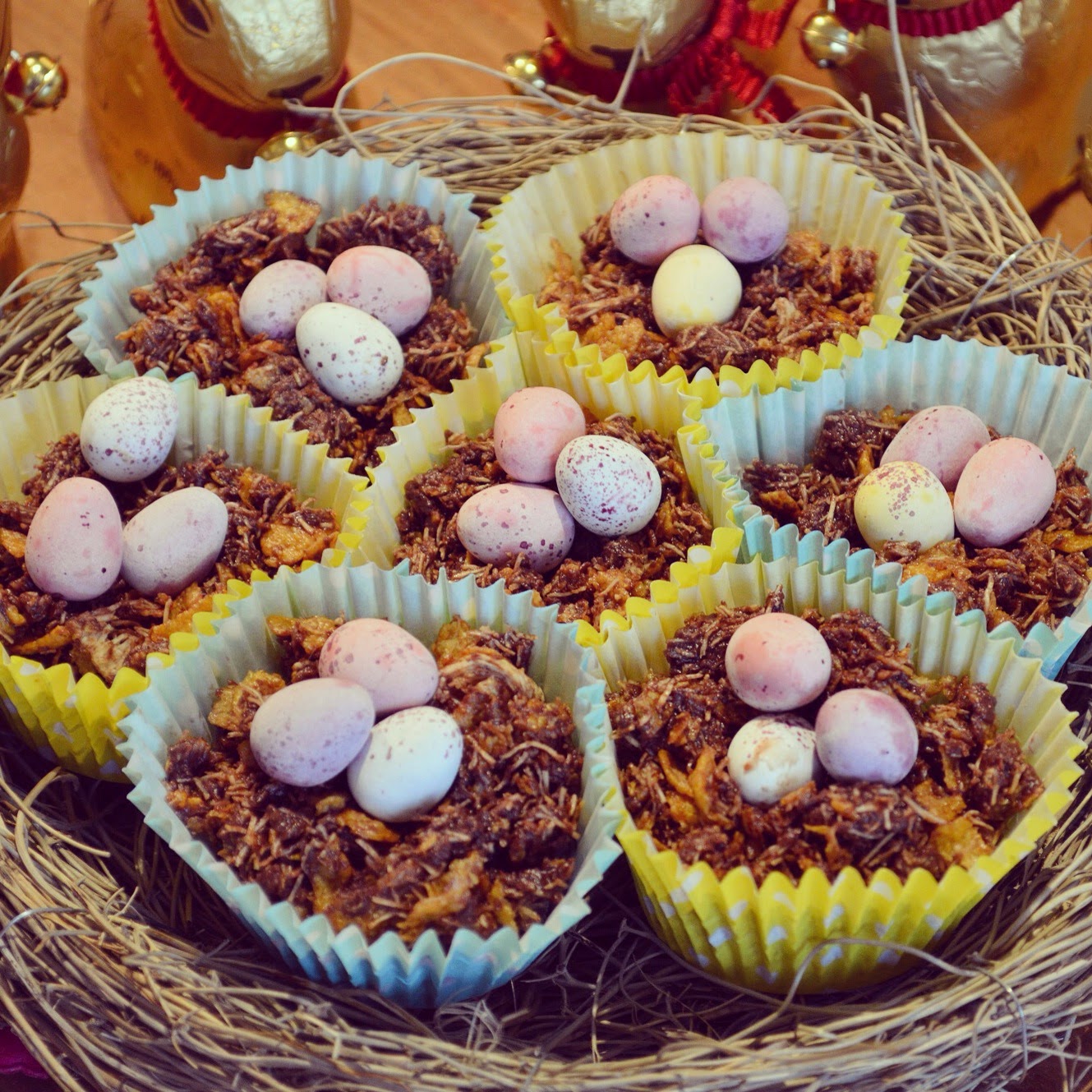A
Local Luxury
With summer on the horizon, it’s time to arouse those foodie thoughts and
prepare our kitchens for some of Britain’s most quintessential produce
returning to bloom – starting with delicious asparagus.
As a
culinary crusader, I like many of you relish the taste of British produce,
taking pleasure and pride indulging in something produced on our own turf.
In
recent years, there has been a vast increase in cheap imports, having a
dramatic effect on farmers and growers all over the UK.
When I’m cooking, I try
to use only seasonal ingredients – if I can’t get it from my local greengrocer
or butcher, I try to avoid using it in my recipes.
With the
acclaimed Evesham Vale asparagus grown on the Cotswold border, it would be a
crime not to buy this prestigious ingredient locally.
For the six weeks that
asparagus makes a joyful appearance, there’s a wide variety of dishes that
emphasize its flavour.
Steamed or grilled with butter and parmesan; accompanied
with Spring greens in a seasonal risotto; or (one of my quirky favourites as a
lover of boiled egg and soldiers) wrapped with pancetta and dunked in a runny,
silky duck egg - there are many ways of enjoying its fragrant flavour!
To celebrate its return, I have chosen one of my favourite asparagus recipes. Indulging and delicious, it
makes a scrumptious lunchtime luxury, simple supper, or half the quantities per
person and serve as a dinner-party starter. But overall, it is a celebratory dish
of seasonal produce.
Did you know that asparagus is highly nutritious and
cleanses the liver?
Making it a worthy friend to all Pimms-loving readers.
Asparagus with Poached Duck Eggs,
Crispy Pancetta and Hollandaise Sauce.
Serves 2
Ingredients
16 asparagus
stalks, washed
4 duck eggs
12 rashers of
pancetta or good quality streaky bacon
White wine
vinegar
Cotswold
Gold Extra Virgin Rapeseed Oil
(Cook’s recommendation ~ Cotswold Gold
also produces oils infused with truffle, garlic or lemon, which work
brilliantly with this dish and add extra vibrancy to the favours .)
For the hollandaise:
4 large free
range egg yolks
250g
unsalted butter, diced
1tbsp white
wine vinegar
Juice of
half a lemon
Salt and
Pepper
Method
v
Preheat the
oven to 180’C.
v
Chop an inch
off the end of each asparagus stalk and place them onto a greased baking tray.
v
Drizzle with
the oil and season with salt and pepper.
v
Lay the
pancetta alongside the asparagus and put the tray into the oven, baking for 8
minutes until the pancetta is crisp and the asparagus is tender.
v
Meanwhile,
to make the hollandaise sauce, put the egg yolks, vinegar and butter into a
saucepan with two tablespoons of water. Gently heat, whisking continuously as
the temperature rises.
v
Keep to a low
heat until all the butter has melted, by which point turn the heat up to medium
and carry on whisking vigorously as the sauce begins to thicken.
v
Remove from
the heat and keep whisking until the sauce has thickened to a custard-like
consistency. Stir in the lemon juice and season to taste.
v
For the
poached eggs, bring a saucepan of water to the boil and add the vinegar. When
it’s begins to boil, give it an energetic stir to create a whirlpool. Crack
each egg into a jug one at a time, and carefully slip it into the centre of the
saucepan. Quickly repeat the process with the other three eggs. Lower the heat
and cook for 3 minutes before removing each egg from the water, with care not
to pierce the yolk, and place on a piece of kitchen paper to drain off any
excess water.
v
To assemble
the dish, scatter the asparagus stalks onto each plate, add the pancetta and
position the poached eggs on top. Drizzle generously with the hollandaise sauce
and serve immediately.
Writer's note: Image 1 sourced from The Telegraph












